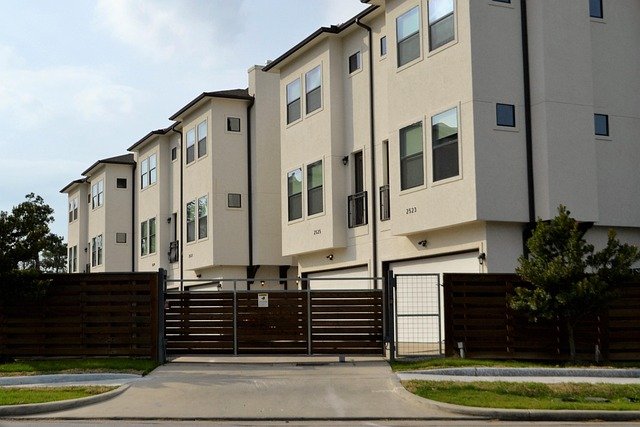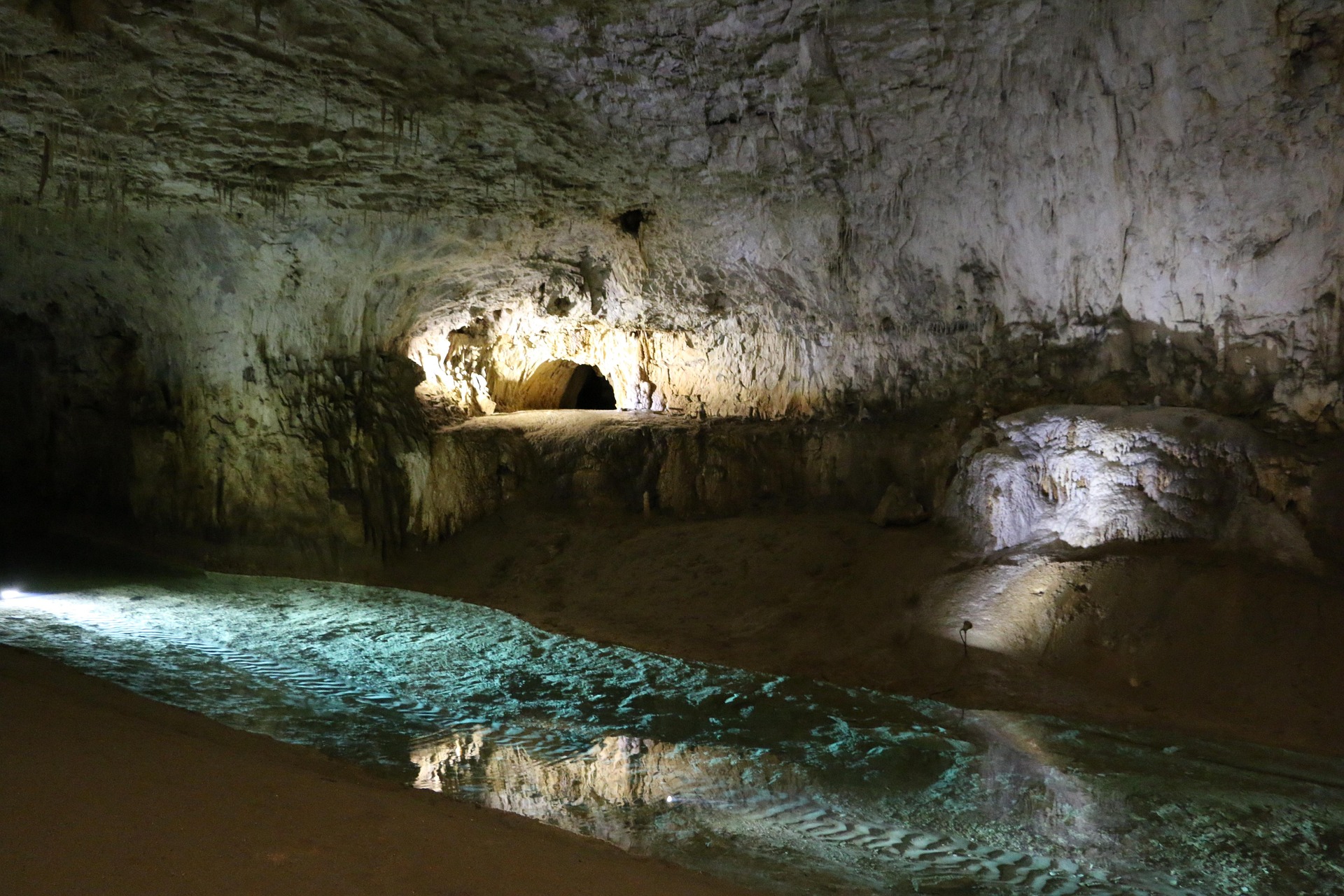Microunit Living: The Future of Urban Real Estate
In the ever-evolving landscape of urban real estate, a new trend is reshaping how city dwellers conceptualize their living spaces. Microunit living, characterized by compact, efficiently designed apartments typically under 400 square feet, is gaining traction in major metropolitan areas worldwide. This innovative approach to urban housing is not just a passing fad but a response to the pressing challenges of population density, affordability, and changing lifestyle preferences in bustling city centers.

The Genesis of Microunit Living
The concept of microunit living isn’t entirely new. In densely populated Asian cities like Tokyo and Hong Kong, compact living has been a necessity for decades. However, the modern iteration of microunits in Western cities represents a deliberate shift in urban planning and real estate development strategies.
The 2008 financial crisis played a significant role in catalyzing this trend. As the housing market crashed and urban migration continued, developers and city planners began exploring innovative ways to create affordable housing solutions. This coincided with a growing millennial workforce that prioritized experiences and location over spacious living quarters.
Early adopters of the microunit concept faced regulatory hurdles and skepticism. Many cities had minimum square footage requirements for residential units, which had to be revised to accommodate these new designs. Over time, as the benefits of microunit developments became apparent, more cities began to embrace and even encourage this housing model.
Design Innovations in Microunit Spaces
The success of microunit living hinges on clever design that maximizes functionality within a limited footprint. Architects and interior designers are pushing the boundaries of spatial efficiency, creating homes that feel surprisingly spacious despite their small size.
Multi-functional furniture is a cornerstone of microunit design. Beds that fold into walls, tables that transform into workspaces, and modular storage solutions are just a few examples of the innovative furnishings that make these spaces livable. Some units feature movable walls or rotating living areas, allowing residents to reconfigure their space throughout the day.
Technology plays a crucial role in enhancing the microunit experience. Smart home systems control lighting, temperature, and entertainment, while built-in speakers and projectors eliminate the need for bulky equipment. Some developments are even experimenting with communal robots that can be summoned to perform tasks like moving furniture or serving as mobile workstations.
The Economic Impact of Microunit Developments
From an investment perspective, microunit developments present an intriguing opportunity. While the cost per square foot is often higher than traditional apartments, the overall lower price point makes these units more accessible to a broader range of renters or buyers. This can translate to higher occupancy rates and potentially greater returns for investors.
For cities grappling with housing shortages, microunits offer a way to increase housing stock without requiring extensive new land development. By maximizing the number of units in a given building footprint, developers can create more homes in prime urban locations where space is at a premium.
The economic benefits extend beyond real estate. Microunit developments often incorporate mixed-use elements, with ground-floor retail or workspace. This integration can help revitalize urban neighborhoods, creating vibrant communities that attract businesses and boost local economies.
Challenges and Criticisms of Microunit Living
Despite its growing popularity, microunit living is not without its critics. Some argue that these small spaces are unsuitable for long-term habitation and may negatively impact mental health. Concerns about overcrowding and strain on local infrastructure are also common in areas where microunit developments are proposed.
Storage is a significant challenge for many microunit residents. While clever design can mitigate this to some extent, the reality is that living in such a small space requires a minimalist lifestyle. This can be a difficult adjustment for those accustomed to more spacious accommodations.
There’s also the question of resale value. As a relatively new concept in many markets, the long-term appreciation potential of microunits remains uncertain. Investors and homebuyers must carefully consider the future marketability of these properties.
The Future Outlook for Microunit Real Estate
As urban populations continue to grow and housing affordability remains a pressing issue, microunit living is likely to become an increasingly important part of the real estate landscape. The concept is evolving beyond just residential applications, with some developers exploring microunit hotels and even office spaces.
Advancements in prefabrication and modular construction techniques are making microunit developments more cost-effective and quicker to build. This could lead to even greater adoption of this housing model, particularly in cities facing acute housing shortages.
The COVID-19 pandemic has raised questions about the viability of dense urban living, including microunits. However, as cities adapt to new health and safety norms, microunit designs are likely to evolve as well, potentially incorporating features like improved ventilation systems and flexible work-from-home spaces.
In conclusion, microunit living represents a significant shift in urban real estate, offering a solution to housing challenges while reshaping how we think about space and community in cities. As this trend continues to grow and evolve, it will undoubtedly play a crucial role in shaping the future of urban development and investment strategies in the real estate sector.





